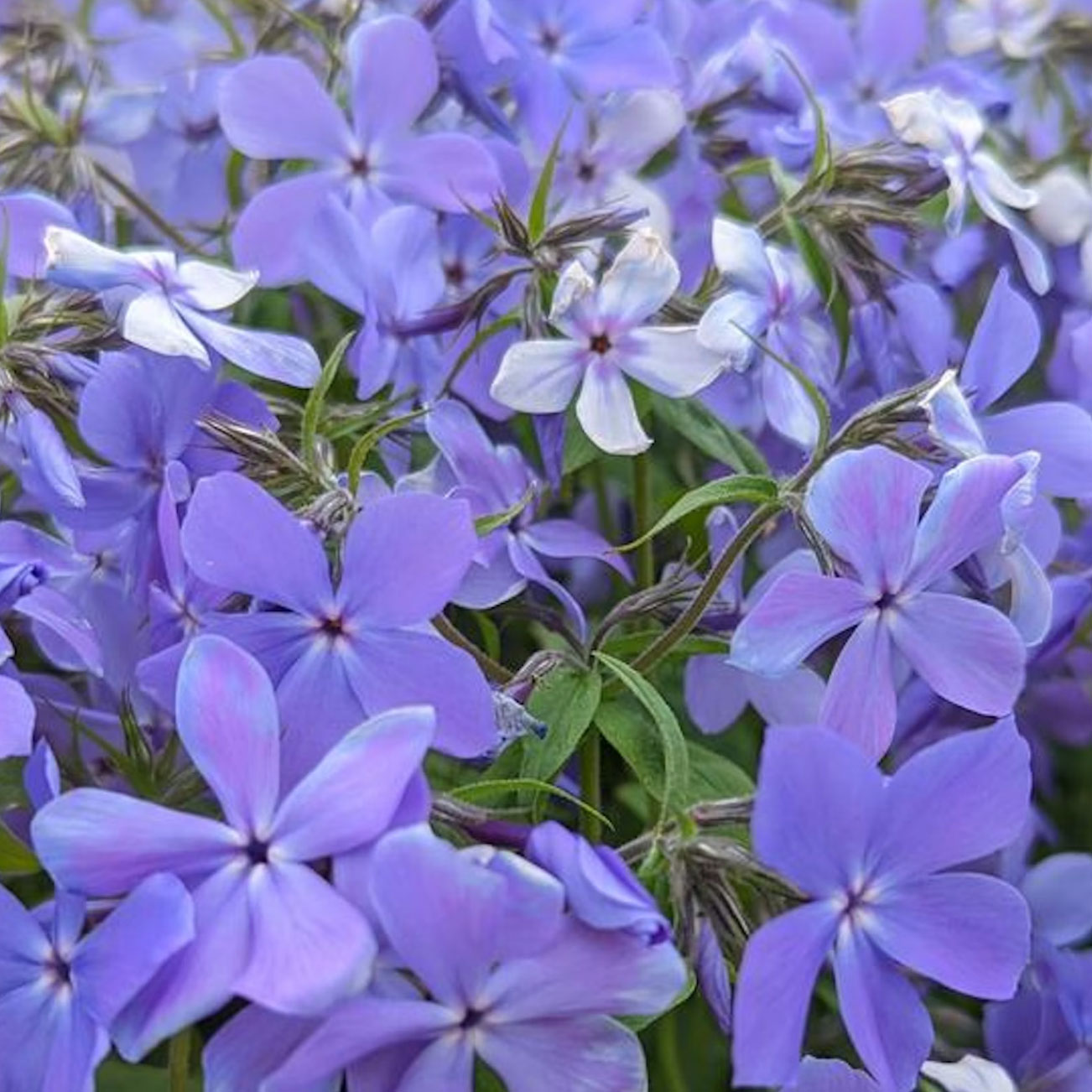7 Best Perennials To Divide In Fall: Clone Favorite Plants And Boost Bloom Rates
Divide these perennials in the fall for the best results and to enjoy new copies of your favorite plants in other areas of your garden.


The main growing season is over, but fall is an ideal time to tie up loose ends in the garden, and get a head start on next year. Dividing perennials is an important gardening task that enables you to propagate your favorites at no cost, as well as manage plants' size, and keep them healthy. You can use your new plants to fill out other garden areas or give them as gifts.
Dividing plants is easy, and involves digging up perennial plants and splitting them into two or more sections. Not only does this practice allow you to create more plants, but it will give the old ones a health boost. Signs that perennials are overdue for division are fewer or smaller flowers, thin growth, spindly or weak stems that need staking, and fungal diseases or rot.
In addition to improving their performance, consider dividing perennials whenever you want to keep the size of a plant or a patch of plants under control.
Some plants should be divided in spring and others in fall. How often you divide them depends on the species and your garden's individual needs, but every two to three years is typical.
How to Divide Perennials
It’s best to divide a plant after flowering. This allows the divisions to put their energy into creating new roots and leaves. Some plants have particular needs when undergoing division, but these are some good general tips:
- Divide plants when the soil is moist. If it hasn’t rained for a while, moisten the soil before dividing.
- Wait for a cloudy, cooler day, if possible, to divide plants to reduce stress on exposed roots.
- Use a garden spade or fork to dig plants out by the roots.
- Lift the plants out gently and carefully remove the soil and loose the roots so you can see them clearly.
- Separate the roots by hand, gently pulling them apart, or use a sharp knife.
- Divide the plant so that each division has at least a few shoots and plenty of roots.
- Replant divisions as soon as possible. Keep the roots moist until you can plant them.
Best Perennials to Divide in Fall
The best plants to divide in fall are those that bloom in spring and summer. Divide and replant divisions at least four to six weeks before the season’s first frost to give the plants time to get established.
1. Allium
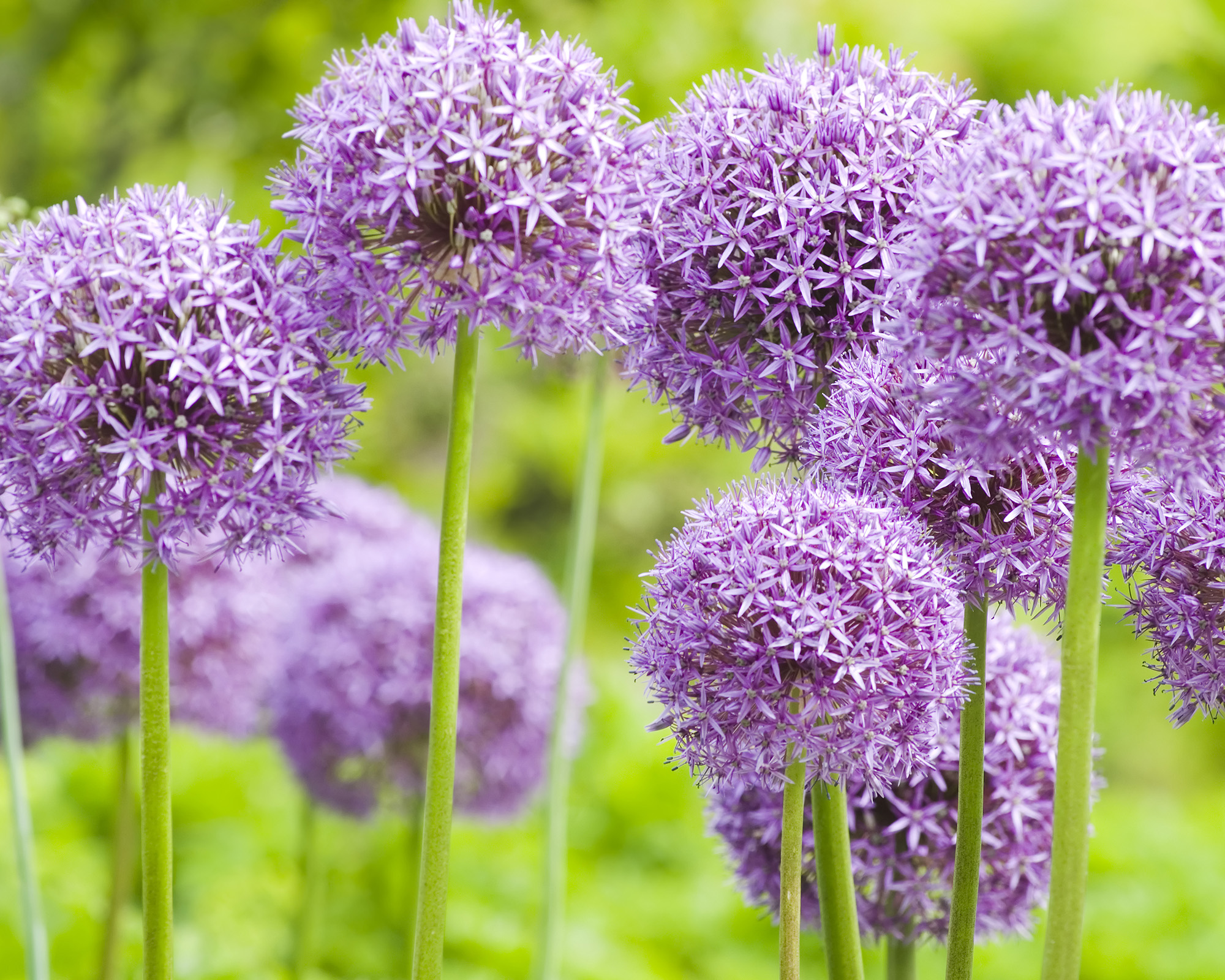
Allium is an easy, low-maintenance perennial that delivers a big impact. An onion relative, ornamental allium produces globes of tiny purple flowers on tall, sturdy stems.
Sign up for the Gardening Know How newsletter today and receive a free copy of our e-book "How to Grow Delicious Tomatoes".
Fall is the best time to divide allium, and it can be done as often as every year. Wait until the foliage disappears to dig up the plants. Separate bulbs from the cluster and replant as soon as possible.
2. Bearded Iris
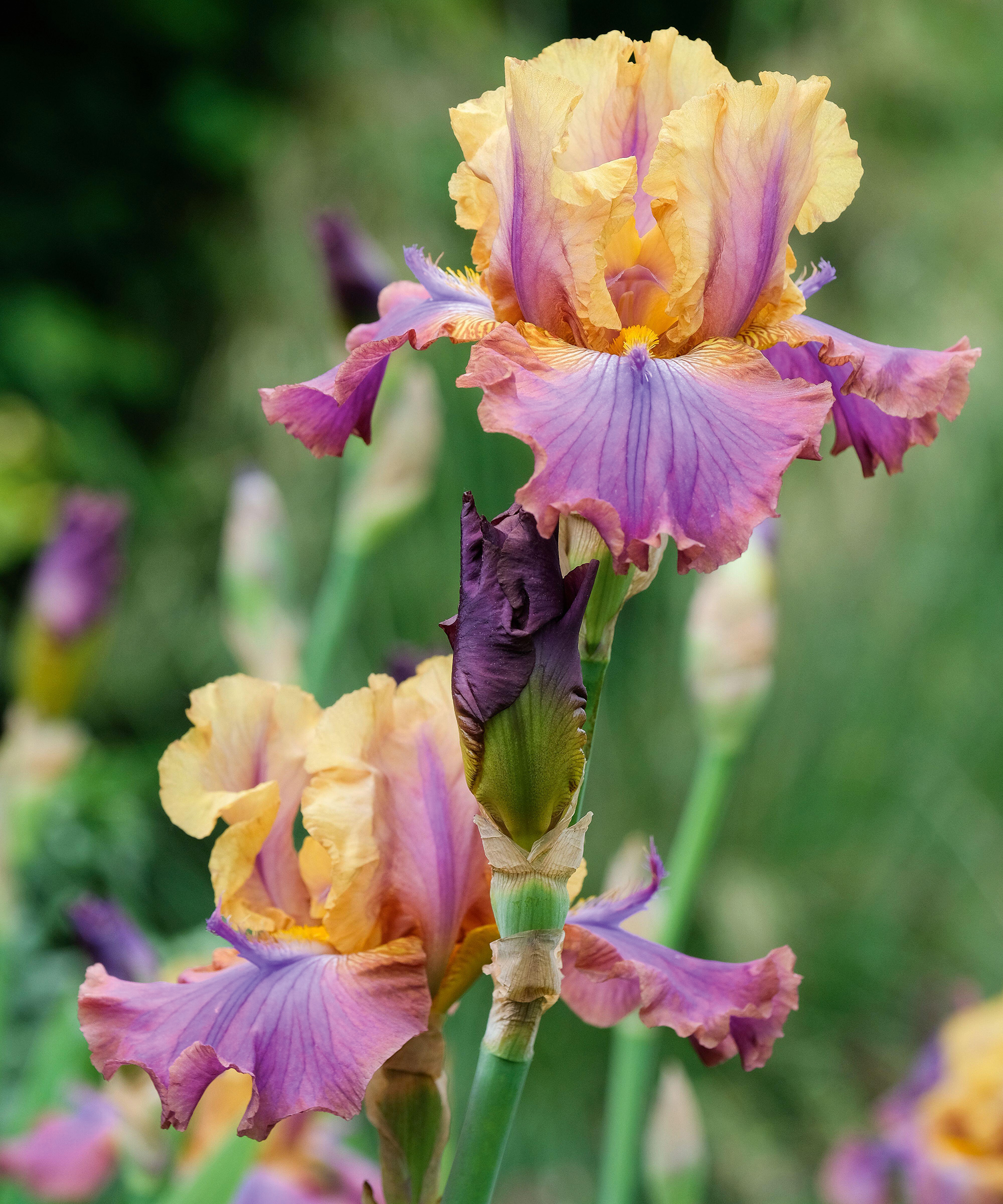
Divide bearded irises after they are done blooming, in late summer or early fall. Irises are dormant at this time, reducing the risk of root rot during division and transplanting.
Trim the leaves back and dig up the plants. Separate out fleshy rhizomes that are at least as big and thick as your thumb. Each division should also have at least three fans of leaves.
3. Lilies
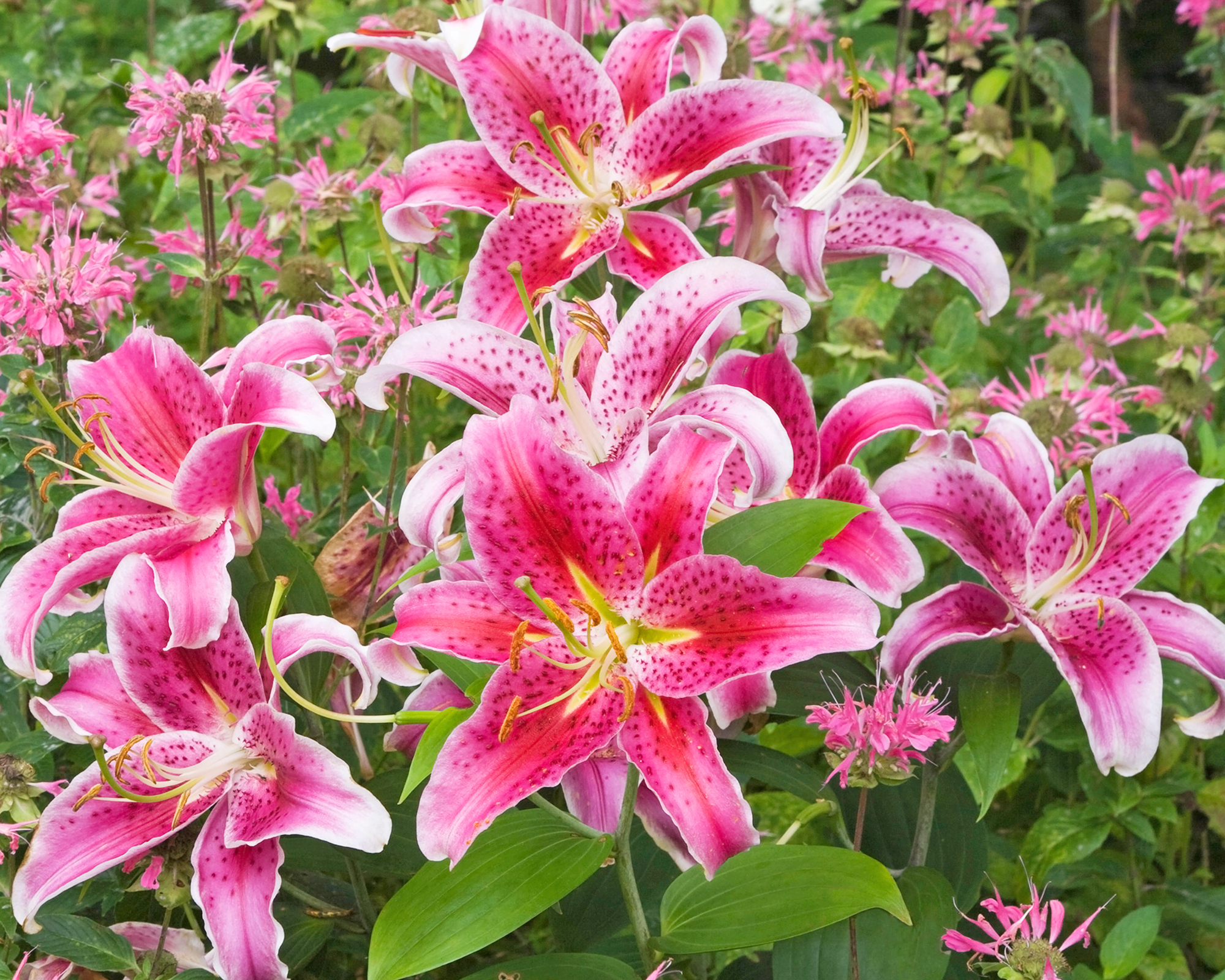
Daylilies can be divided in spring or fall, but fall is best for other lilies, like Easter lilies and stargazer lilies.
Lilies grow from bulbs that multiply in the soil as the plants grow. When ready to divide lilies, lift them out of the ground and separate the clump of bulbs.
Replant bulbs right away, but keep in mind that if they are too small, they might not bloom for two or three years.
4. Veronica
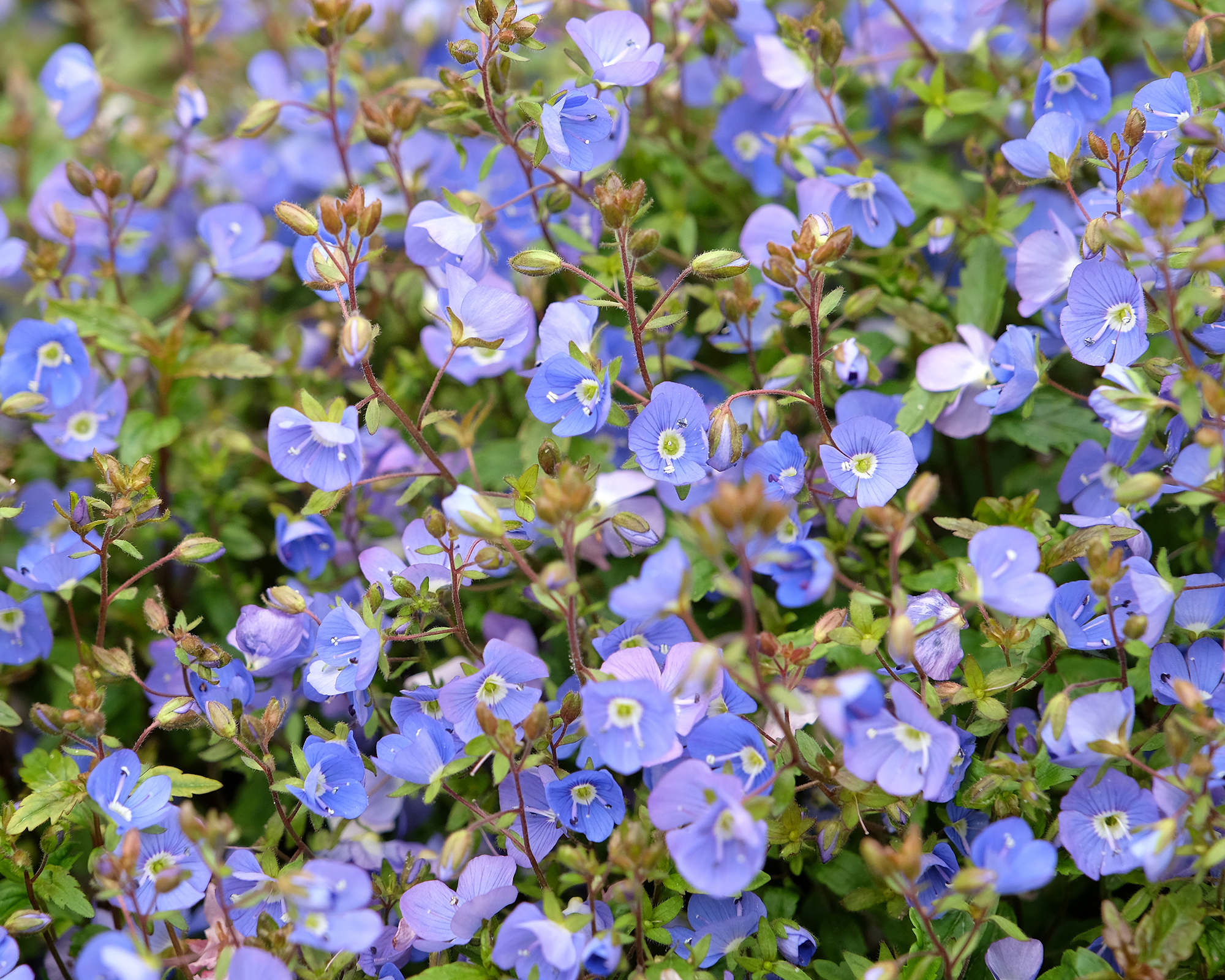
Also known as speedwell, Veronica is a perennial that can be a groundcover or a more upright plant with tall flower spikes.
Divide Veronica every few years in the fall. You can divide the groundcover type more frequently if you’re trying to fill in a space. Once you’ve lifted the plants, use a sharp spade or knife to separate the roots
5. Phlox
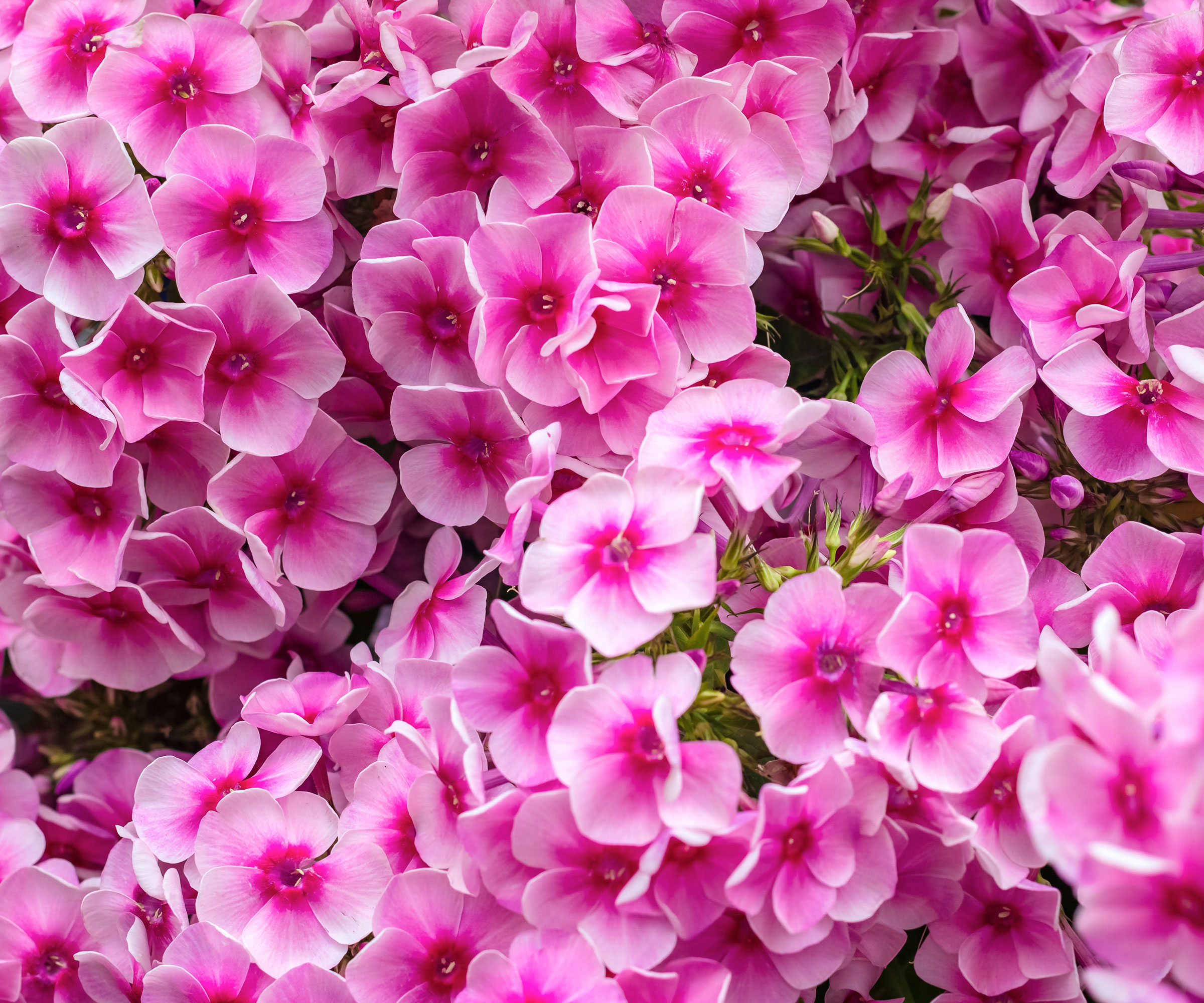
Early fall is an ideal time to divide phlox, which blooms with pretty pink flowers all summer.
Use a sharp knife to separate the root clump into sections. Each division should have two or three shoots and a healthy part of the root system. Replant immediately and use a layer of mulch to protect the transplants from soil heaving.
6. Bleeding Heart
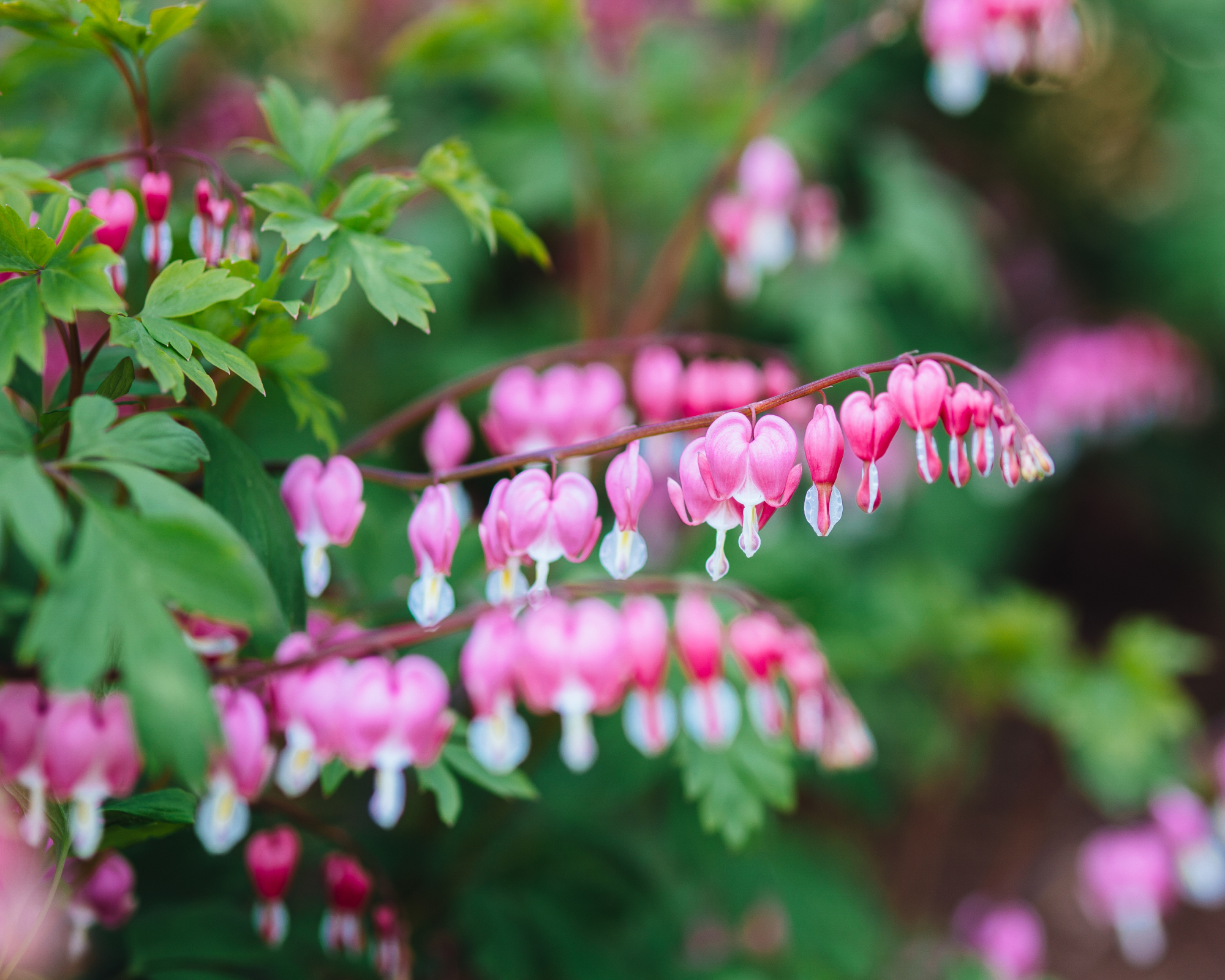
Bleeding heart is a small, shade-tolerant shrub known for its heart-shaped flowers. They bloom in spring, so fall is a good time to propagate bleeding heart through division. The heat of summer can be too stressful for new transplants.
Lift out the roots and use a sharp spade of knife to cut them. The roots are brittle, so be gentle and only divide bleeding heart every five years or as needed.
7. Peony
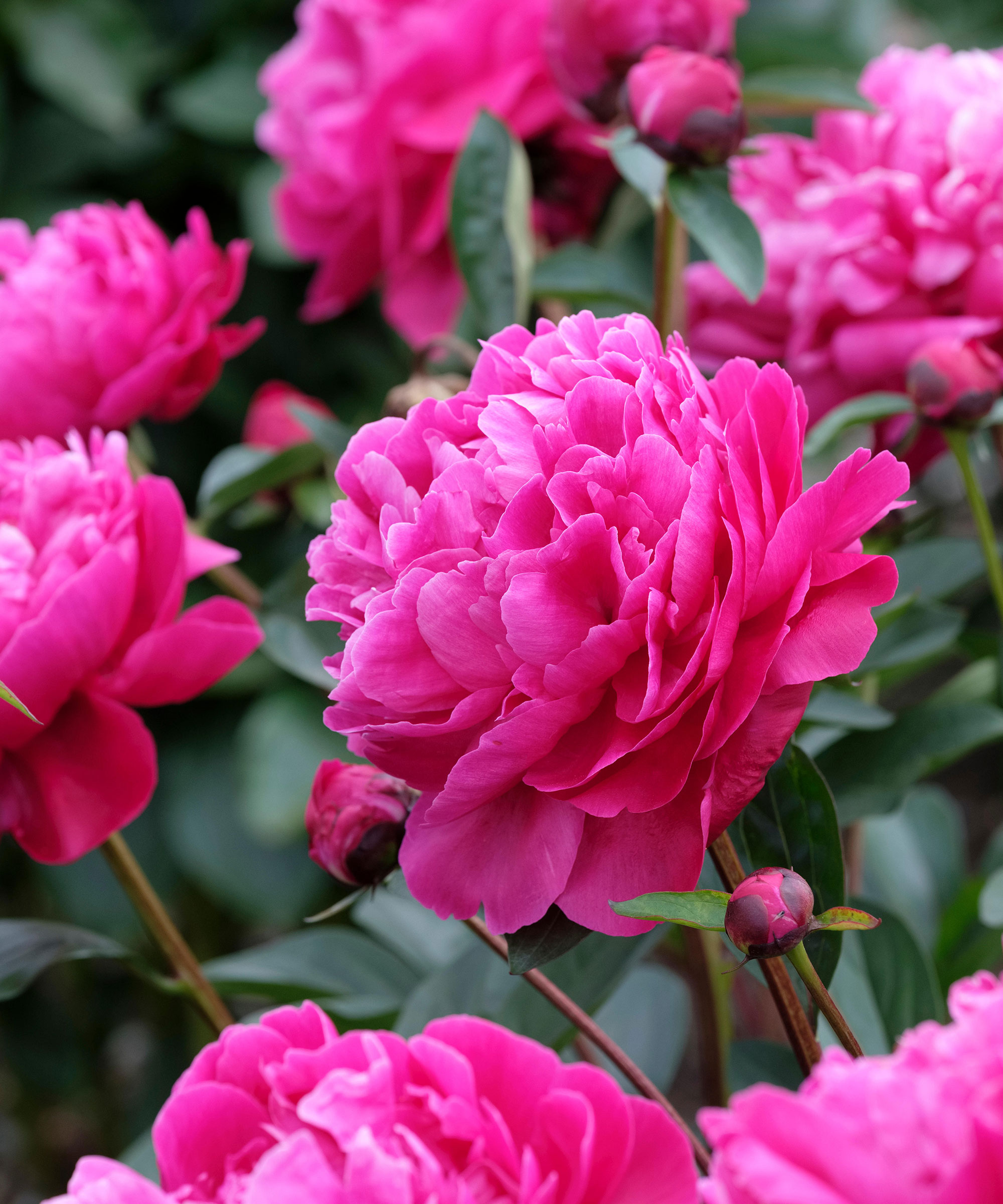
When healthy, peonies produce stunning large blooms in shades of pink and white. The plants do not like to be disturbed or dug up, so you don’t have to divide peonies very often to keep them happy and healthy.
If possible, leave them in place for ten years before dividing in early fall. Use a sharp, clean knife to cut peony roots. Avoid planting too deep when replanting divisions, or they may not bloom.
This article features products available from third-party vendors on the Gardening Know How Shop.

Mary Ellen Ellis has been gardening for over 20 years. With degrees in Chemistry and Biology, Mary Ellen's specialties are flowers, native plants, and herbs.
